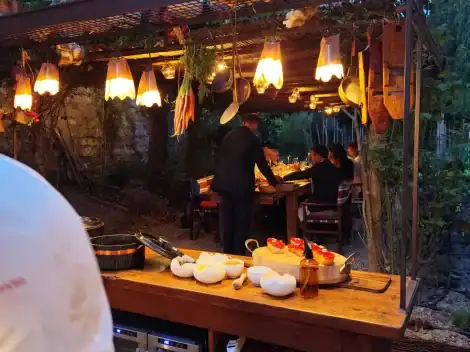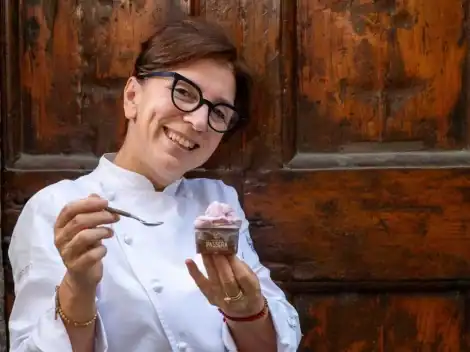Late summer preserves
We have to wait until the 18th century for the French pastry chef Nicolas Appert to discover the method of sterilising jars with hermetic seal with boiling water, thus starting the production of preserves, an intuition already had a few years earlier by Lazzaro Spallanzani, who however did not continue the research. Of course, the art of preserving food was already present many millennia ago, in Ancient Rome and even earlier in Egypt, but today we know that it is important to follow precise sterilisation guidelines to have safe and healthy products. So you can find summer flavours and aromas even in winter, thanks to homemade preserves.
Jams and marmalades
A versatile and always delicious specialty is jam. According to legend they were born thanks to Catherine of Aragon who, once married to the King of England Henry VIII, sought a way to preserve the taste of the fruits of her homeland Spain, thus inventing the first orange marmalade. Another theory, on the other hand, believes that it was Maria de Medici who created it: weakened due to a strong lack of vitamins, the queen sent her men to retrieve the precious Sicilian oranges which, in order to be preserved at best during the long road back to France, were transformed into a very thick sauce. The crates contained the words “Por Marie malade” ("For ill Maria"), a formula that over time became marmalade. Folk tales aside, the substantial difference between jam and marmalade lies in the type of fruit used (citrus fruits for the latter, all the other fruits make jam, in French confiture, or confection, covered with sugar).
Fruit juices
A childhood beverage par excellence, a good fruit juice is pleasant at any age, especially on the hottest days. The commercial kind is produced by squeezing or pureeing fruit, and is obtained by means of a hot treatment (pasteurisation) which allows a greater concentration of sugars and long-term storage. To make fruit juices at home, on the other hand, just start with ripe fresh fruit, peeled and cut into small pieces and cooked in boiling sugared water for 10 minutes. Then it's necessary to add lemon juice, blend and let it cool. Depending on the percentage of sugar, a different final density will be obtained: the general rule says that at least 40% of water and 20% of sugar is needed compared to the weight of the fruit used. Once ready and chilled, the juice can be tasted immediately, while to preserve it, it's best to use a classic home sterilisation system.
Fruit in alcohol and in syrup
The classic "nonna" recipe cannot be missing, an ancient preparation once ubiquitous on Italian tables, to be enjoyed at the end of the meal with ice cream or a dollop of whipped cream: fruit preserved in alcohol is prepared with different liqueurs, from grappa to rum, or with pure food grade alcohol, to which sugar is always added. It has an intense, decisive flavour, to be balanced with a dessert of pronounced sweetness. For a non-alcoholic version also suitable for children, there is always the option of using canned fruit, preserved in syrup. To make it, blanche the fruit - generally peaches - for a few minutes, then peel and remove the stone. Once cut in half, they are placed in a sterilised jar, to which a syrup of water and sugar will then be added. Then, as always, we proceed with the pasteurisation of the jar and the creation of the air-tight vacuum (here are the guidelines for the correct preparation of preserves in the home written by the Ministry of Health).
by Michela Becchi

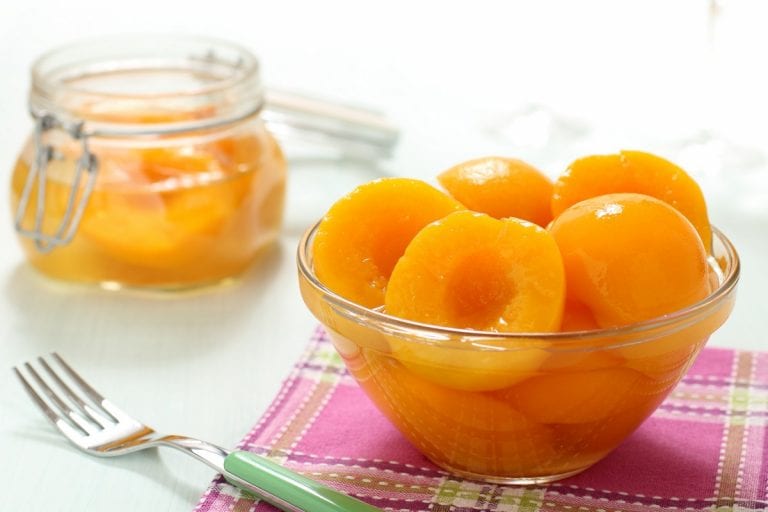
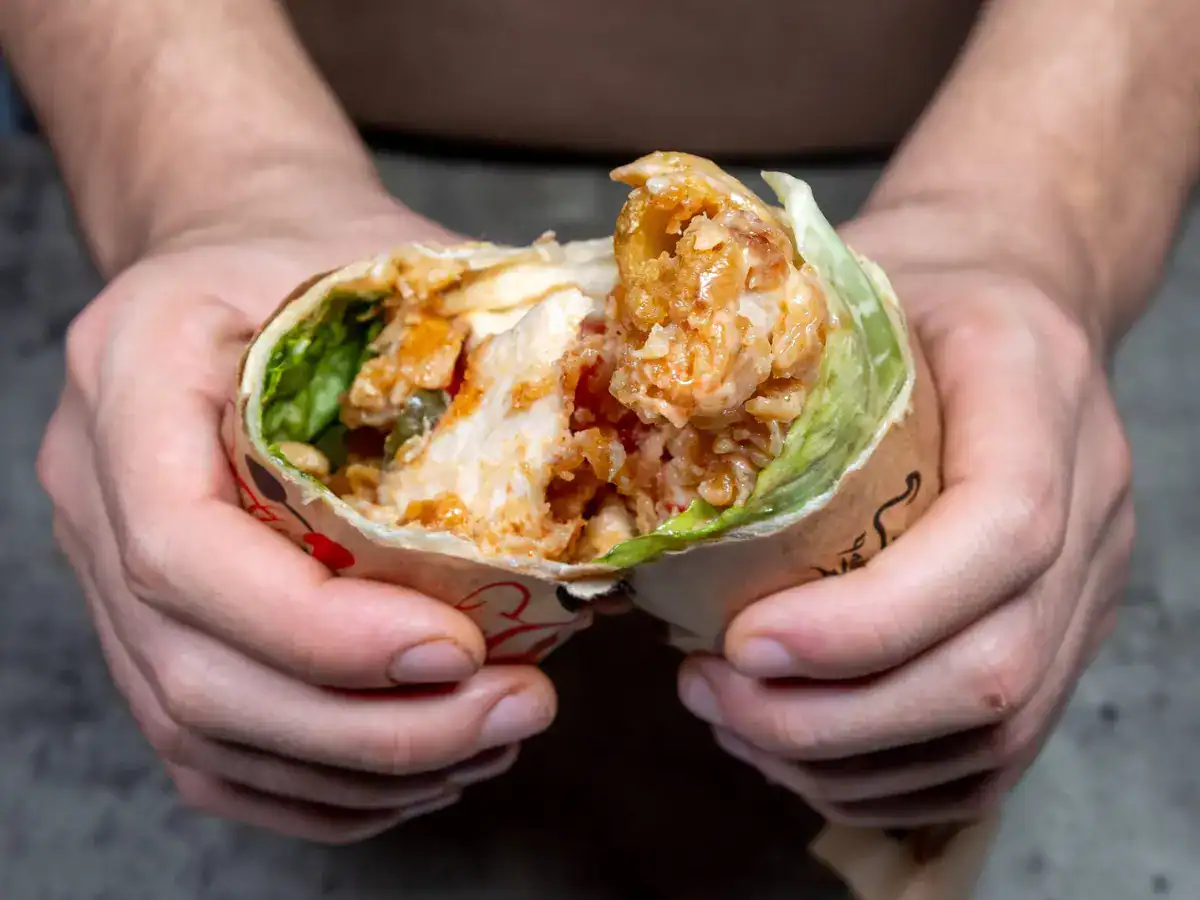 Gourmet maritozzi, Ascolana olives, and suburban pastrami: the unmissable street food of Italy
Gourmet maritozzi, Ascolana olives, and suburban pastrami: the unmissable street food of Italy The best restaurants in Agrigento to discover the new Sicilian cuisine
The best restaurants in Agrigento to discover the new Sicilian cuisine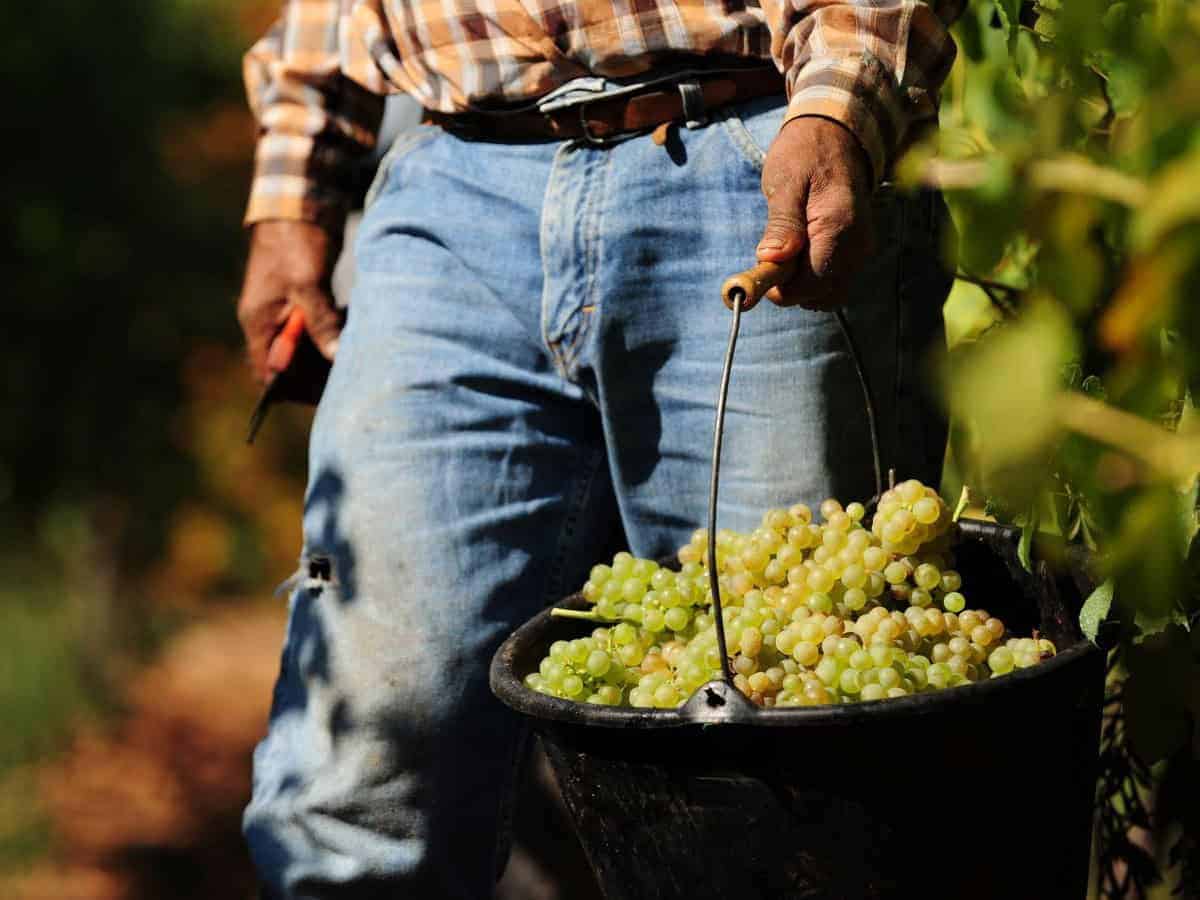 Italy’s 2024 wine production is higher than expected: nearly 44 million hectolitres. But there’s no reason to celebrate
Italy’s 2024 wine production is higher than expected: nearly 44 million hectolitres. But there’s no reason to celebrate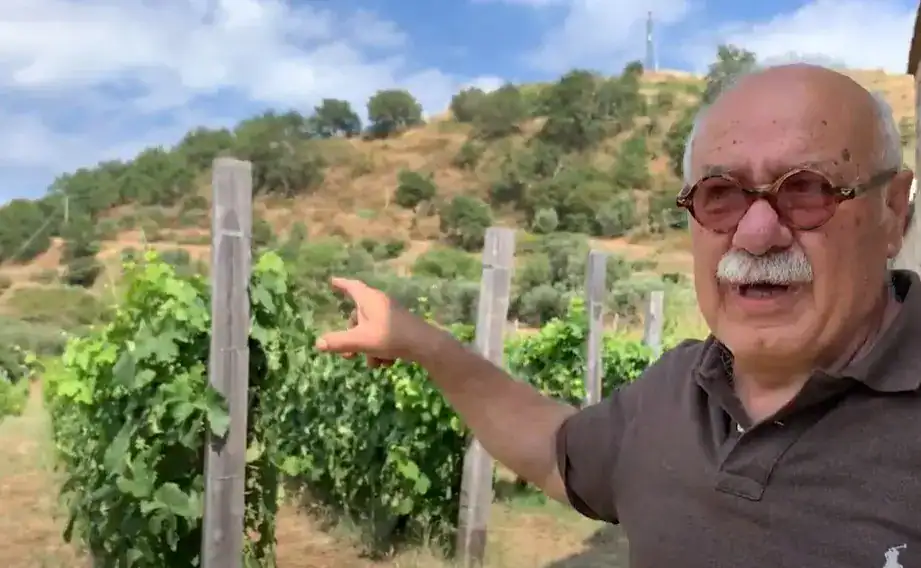 The two Calabrian brothers making wine like the ancient Grecanic peasants
The two Calabrian brothers making wine like the ancient Grecanic peasants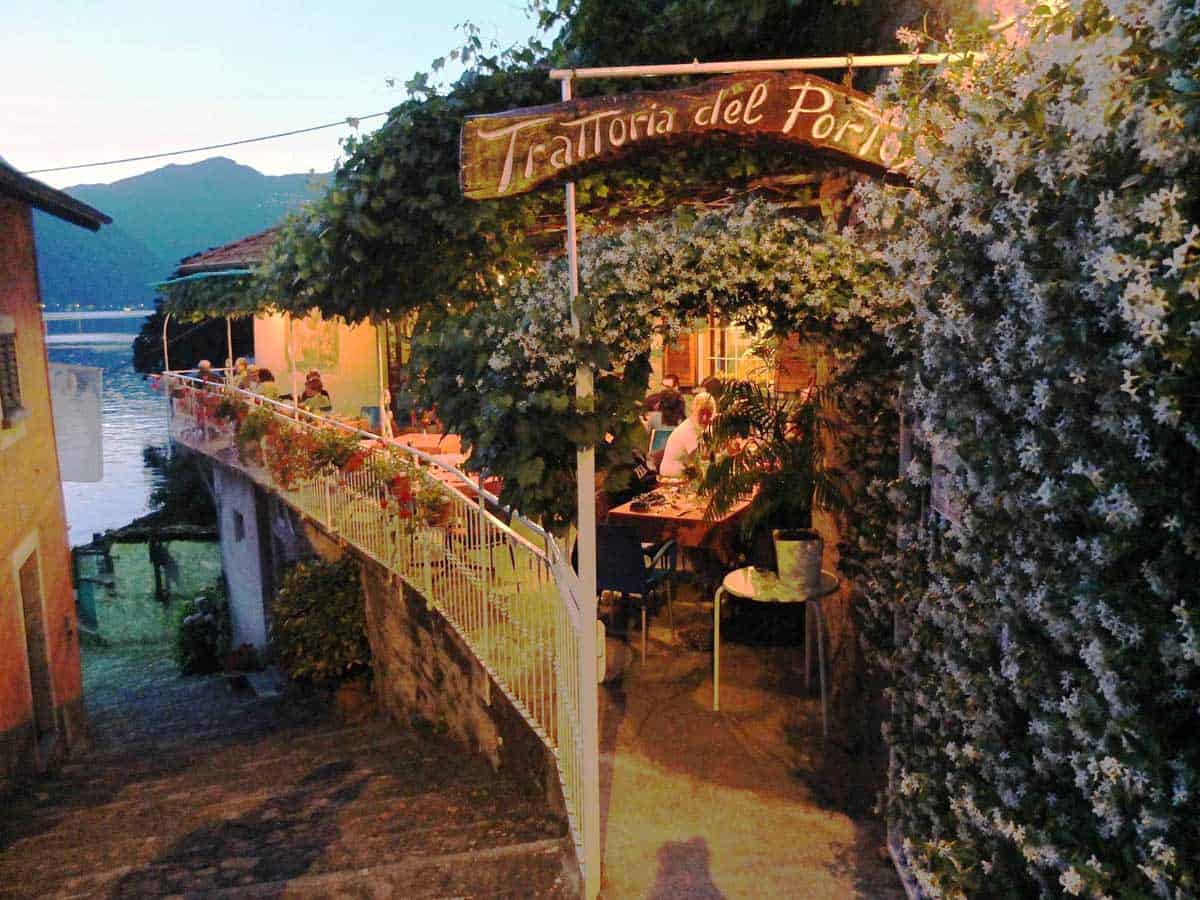 Three days at Lake Como in 17 destinations: Trattorias, Osterias and Fine Dining
Three days at Lake Como in 17 destinations: Trattorias, Osterias and Fine Dining

